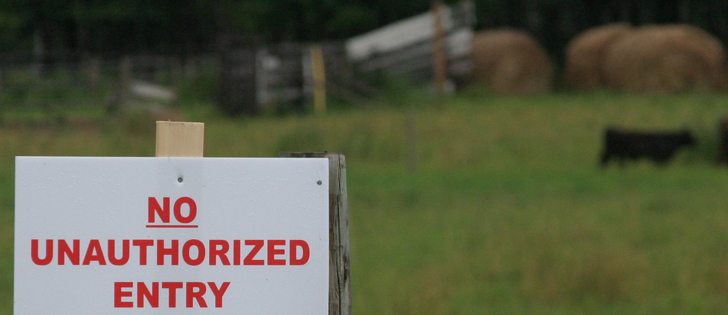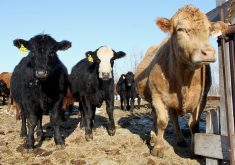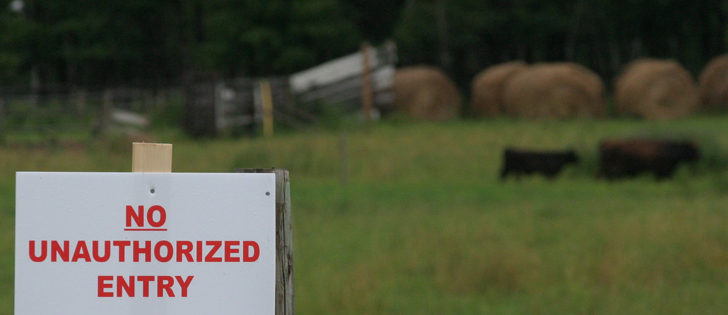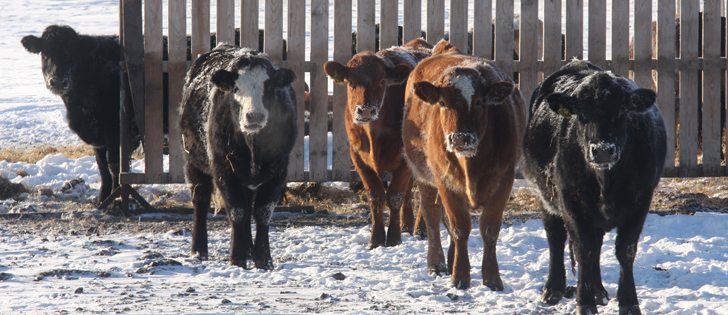Canada’s chief veterinarian says it has enough resources to test all the animals quarantined due to tuberculosis in southern Alberta and Saskatchewan.
During a special meeting of the Senate agriculture committee Nov. 29, Harpreet Kochhar of the Canadian Food Inspection Agency said the testing requires specially trained veterinarians to draw blood and perform skin tests.
Agency vets and inspectors as well as retired CFIA personnel from across Canada are participating. The agency’s laboratories are handling the samples.
“If more veterinarians are required or needed, we will engage them,” he said.
Read Also

Using artificial intelligence in agriculture starts with the right data
Good data is critical as the agriculture sector increasingly adopts new AI technology to drive efficiency, sustainability and trust across all levels of the value chain.
About 10,000 cattle could be slaughtered of the 22,000 under quarantine. These will go to federally inspected facilities. Any animals that reacted to the skin test will be further examined before and after slaughter for additional signs of disease. These will be rendered and do not go into the food chain, whereas those testing negative can go through normal channels and are safe for consumption.
The current quarantine covers five premises in Saskatchewan and about 35 in Alberta. Six positive cases have been found and all came from the same herd.
“There are 12 additional premises that we have deemed to be infected based on information regarding animal commingling and animal-to-animal contact,” he said.
“We believe it is limited to that area; however, we can never guarantee and as we move forward with our investigation we may find other particular herds or premises,” he said.
The CFIA is checking producer records going back five years because the disease can incubate slowly.
The original infected cow was sold through a Saskatchewan auction and ended up in a U.S. slaughter facility, where inspectors discovered the disease.
Kochhar said if the cow had been processed in Canada, the disease would have been found. He also told senators there are enough inspectors in the slaughter plants to find the disease.
“We have the adequate number of trained inspection staff and veterinarians at these premises where we can actually pick up any minor or major symptoms of any of these diseases,” he said.
Tuberculosis is a bacterial disease spread through the air in animal secretions.
It is infectious and has been subject to a mandatory national eradication since 1923. Canada has been considered disease free since that time. The United States has pockets of the disease and does not have free status, said Kochhar.
There are multiple animals that could have been a source of the tuberculosis infection, but scientists have ruled out wildlife.
The samples have been DNA fingerprinted, and it appears to be a Mexican strain that has never been seen in Canada.
The CFIA is investigating this as well and does not know how it arrived.
“It is of Mexican origin but we don’t know whether it came from Mexico,” he said.
“We will need to do a lot epidemiological investigation to do the traceout to see where the animals got in contact with it,” Kochhar said.
Contact barbara.duckworth@producer.com
















